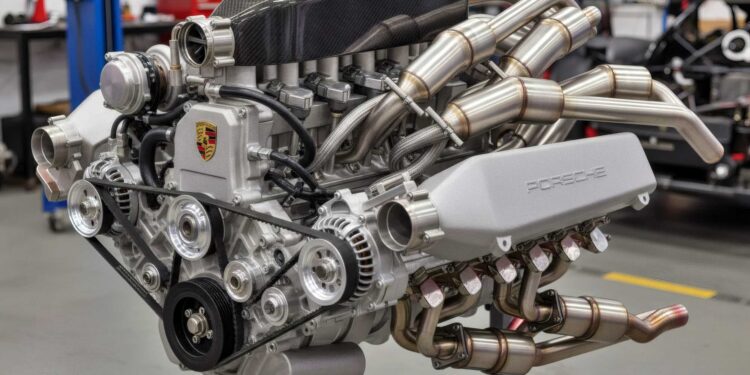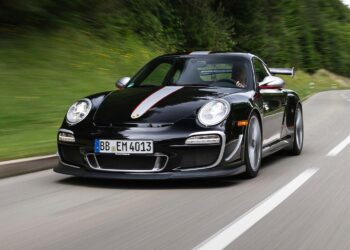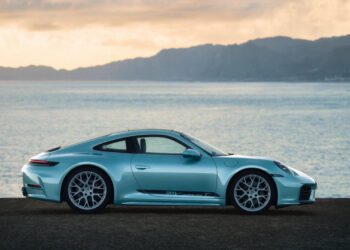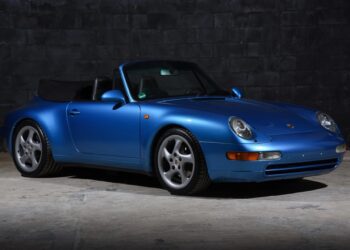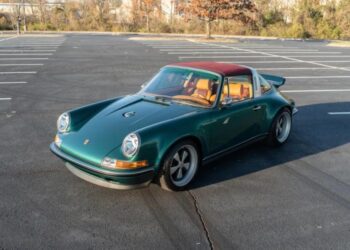Porsche is a brand synonymous with the legendary flat six, but despite electrification on the horizon, if you thought the German marque was done with combustion engines, think again. The automaker’s latest patent for a new W18 powerplant surfaced recently, revealing a design that feels like a deliberate pushback against the full EV narrative dominating the industry. This comes at a moment when Porsche’s operating profit dropped 67 percent in the first half of 2025 owing to factors like a slowdown in sales in China and U.S. tariffs. CEO Oliver Blume is set to depart, and Michael Leiters is taking over in 2026. Despite financial pressure and an ongoing restructuring of its EV roadmap, the engineers in Zuffenhausen are still finding ways to reinvent mechanical performance.
The W-based configuration isn’t new within the wider Volkswagen Group. Bentley’s legendary W12, used in models like the Continental GT Speed and Flying Spur, has long proven how smooth, compact, and potent this layout can be. Bugatti also experimented with W engines in its early modern era. Several pre-production Veyron concepts featured an 18-cylinder engine before the design eventually evolved into the production W16 used in the Veyron and Chiron during the glorious Pïech-era. The new Tourbillon marked the end of that chapter, but the W philosophy clearly lives on within the Group.

Porsche’s new interpretation pushes it further. The patent outlines an 18-cylinder engine built around three banks of six cylinders, each with its own turbocharger, feeding a single crankshaft. It’s modular, scalable, and space-optimized, which means that the layout allows flexibility for nine, twelve, fifteen, or eighteen cylinders, depending on application, and it all fits within the footprint of a straight-six. The key difference from the old VW-style W layout is noteworthy. That version combined two VR6 blocks joined together, whereas here, everything runs to one central crankshaft, a true W. This reduces turbo lag with shorter pathways, less resistance, and more pressure.
The timing of this patent is telling. Porsche initially had an ambitious plan to have an 80% all-electric lineup by 2030, but that plan has been scaled back after a global slowdown in EV demand. The brand now sees more value in a diversified approach, selling gas and electric models side by side. You can already see that with the new Macan, the Cayenne, and the same will likely happen with the next 718 Boxster and Cayman, which were originally planned to go all-electric but are now expected to retain combustion engines.

It is worth noting that, sometimes, an engine exists only as a full-scale testbed that lends its findings to other projects. Maybe no W18 will ever hit the road. Maybe it will just spark a smarter V6, a better turbo, or a cooler intake system. But if the W18 does reach production, and if it gains some form of electrification, could it underpin Porsche’s long-awaited successor to the 918 Spyder, Carrera GT, and 959 lineage? Porsche concepts like the 919 Street and Mission X already previewed that direction, and we did get the 963 RSP, but that was a one-off. A production halo supercar would lead to a new-age holy trinity ready to take on the Ferrari F80 and McLaren W1.


